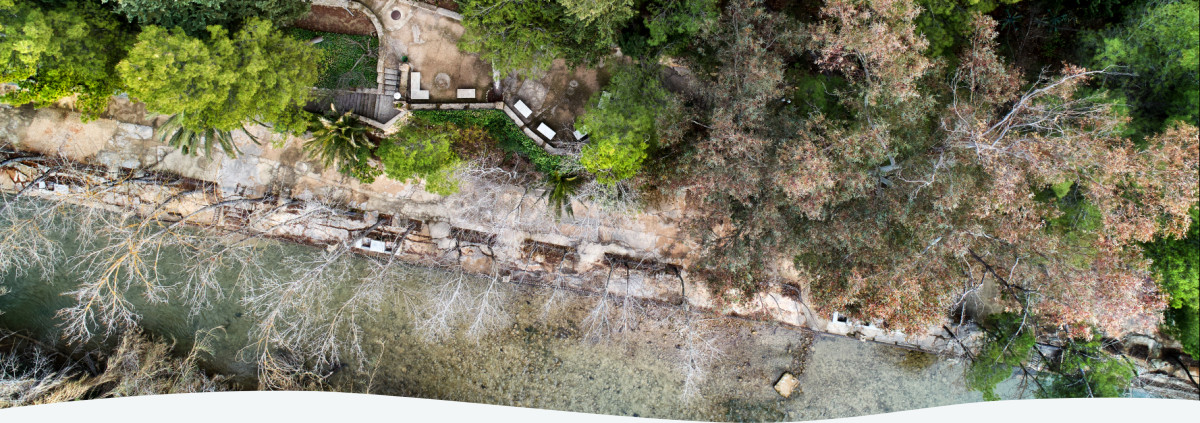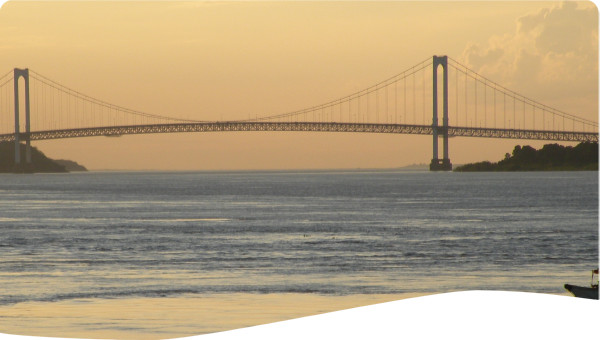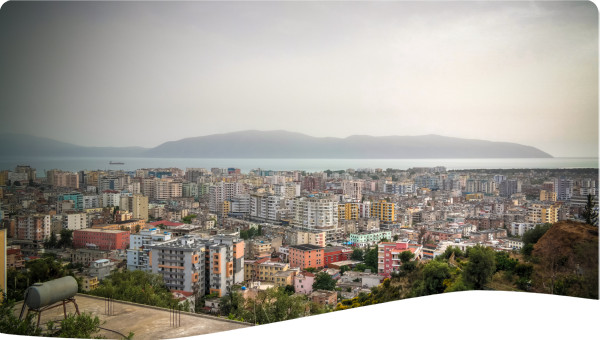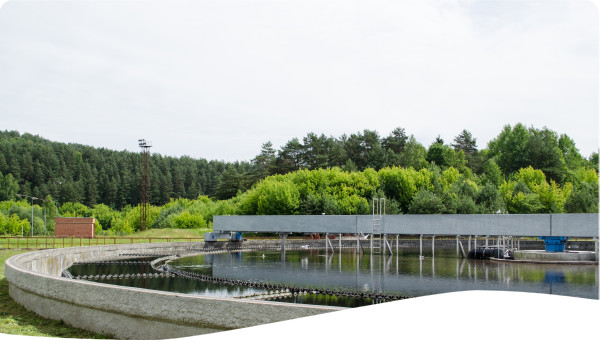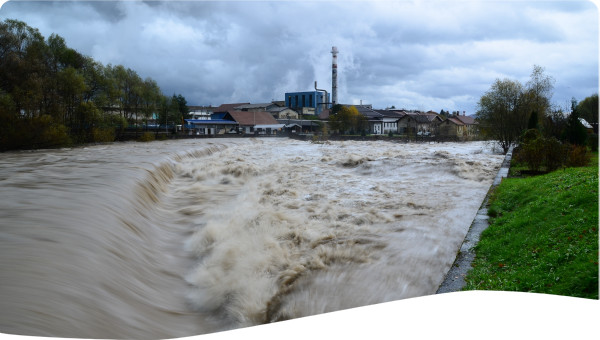In 1986, Spain’s membership of European Union resulted in increased production of agriculture and canned food. Consequently, higher wastewater discharge and limited capacity of Segura River caused extreme deterioration of the water-related ecosystem and social discontent. The Segura River Project has successfully restored the health of the river, with advanced wastewater schemes now supplying reclaimed water to the agriculture industry.
With an annual rainfall of 365 mm, the Segura Basin is the driest in Europe. Nevertheless, it’s a region which exports fruit and vegetables with Segura River as the main source of irrigation. Since the ancient Arabians, inhabitants have improved the irrigation infrastructure and developed their life linked to the river despite the lack of water. With a natural availability of 400 m3/capita/year, the water environment has historically suffered from a great pressure which led to a water deficit and extreme environmental conditions. In addition, the unfavorable conditions were intense due to pollution from urban waste water discharges.
In the 1980s, there was an extraordinary increase in irrigation activities and in the activity of the associated canning industry, which coincided with a long period of severe drought (especially severe for the year 1992-1995). This had twofold impact, on the one side, river flows diminished and on the other side, industrial and urban discharges increased, with insufficient treatment systems. As a consequence, the self-purification capacity of the river collapsed, originating a widespread and persisting contamination issue, lethal for the river life in the middle and lower courses. Environmental degradation of the riverbanks took place, along with the presence of foul smells which affected riverbank populations, especially the City of Murcia (400,000 inhabitants), causing great social discontent.
Segura River Project was an engineering, legal and sustainable plan to restore the river and supply reclaimed water to agriculture, developed by the Regional Water Department, with the participation of the Segura River Authority, town councils and European Union funds. Between 2001 and 2010 one hundred treatment plants and 350 km of wastewater collecting system were built. In addition, a wastewater reclamation levy was established to finance the operation, maintenance and monitoring of these systems, applying the principle of “the polluter pays”.
The Segura River Project included the construction of a new treatment plant in the Borough of Molina. The reclaimed water from this new infrastructure was stored in five artificial ponds before its use in irrigation. This continuous flow of water created a rich ecosystem called the Campotejar wetland. The project also included the construction of the Mazarrón treatment plant which gave rise to the Las Moreras wetland, thanks to an artificial pond that stores the reclaimed water, which then flowed into the Las Moreras dry river (the treatment plant was in the central western part of the wetland).
The basic reference plan of the Segura River Project was the “Master Plan for Urban and Wastewater Sanitation and Treatment in the Murcia Region 2001-2010”. However, the most innovative aspect of the project and what made it pioneering in Spain and Europe was the use of the reference values of the Title 22 of the Californian Water Code (1978) to the wastewater tertiary treatment. These criteria had deserved worldwide scientific recognition and was only included in the Spanish water law years after the Segura’s plan. A stringent pollution removal policy like the Californian one was critical to the Segura River Basin, because here treatment was as important as reuse, due to the lack of water. The application of this framework allowed the Segura‘s flow to increase by direct discharge of treated water, hence the improvement of ecosystem conditions and, additionally, more water for irrigation.
The Segura River Project plan was carried out by many stakeholders (Murcia Regional Government, Segura River Basin Authority and town councils), owing to shared responsibilities between administrations in the Spanish water policy. The Regional Water Department (Dirección General del Agua or DGA) fell under the jurisdiction of the Murcia Regional Government. Within the scope of its authority, the DGA managed the treatment plants and the wastewater collection system, as well as the Wastewater Reclamation Levy. The wastewater treatment was originally a responsibility of town councils, but a regional law was passed to transfer it to the regional agency Esamur, due to budget problems in small villages.
The Segura River Project has successfully restored the health of the river, with advanced wastewater schemes now supplying reclaimed water to the agriculture industry which rapidly boomed after Spain became a member of the European Union. This once polluted and water-stressed river in Europe's driest basin has been transformed from an exposed sewer to a healthy, vibrant river, home to otter, migratory birds, and other flora and fauna, and the reuse of irrigation water has allowed increased agricultural, leisure and recreational activities.
The construction of a complete wastewater collection and treatment system has not only helped to recover the Segura River, but also generates around 110 cubic hectometres of reclaimed water destined to irrigation. That means 10% of the annual natural river basin resources (1.218 cubic hectometres). This is a positive outcome, a safe and sustainable flow of water in a region traditionally hit by droughts.
The Segura River otter population, endangered during 1990s because of pollution, has now recovered due improvements in water quality, flora and fauna thanks to treatment plants. Otter is often considered an environment quality indicator owing to their dependence on aquatic prey. They eat crabs, fishes and little mammals, animals which were scarce in the Segura when pollution increased, at the end of the 20th century. Otters disappeared from the low and middle course of the river, taking shelter upstream, where human impact where lighter. As Segura River project progressed, collecting wastewater, treating at plants and discharging into the river, the ecosystem linked to the riverbed was recovered and otter returned. It was a slow process, but in 2012 and 2013 otter excrement was found in the Segura low course. Finally, in 2013 otters were photographed in Murcia capital city and, after that, in Orihuela, even downstream.
The implementation of the Segura River Project has contributed to neutralizing the negative effects of wastewater, thanks to advanced treatment, resulting in better water quality in the Segura River.
This case is a model for an integrated approach with environmental, social and economic restoration activities. The established management framework includes a scientific foundation and shared governance, while the catchment management planning process is ahead of the European legislation requirement.
 Case studies
Case studies